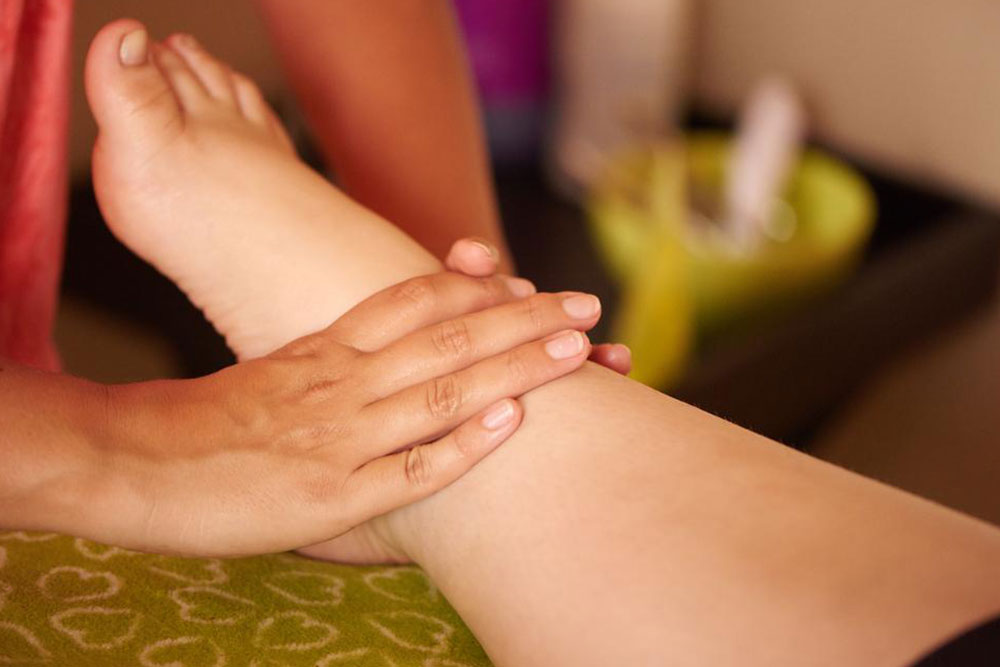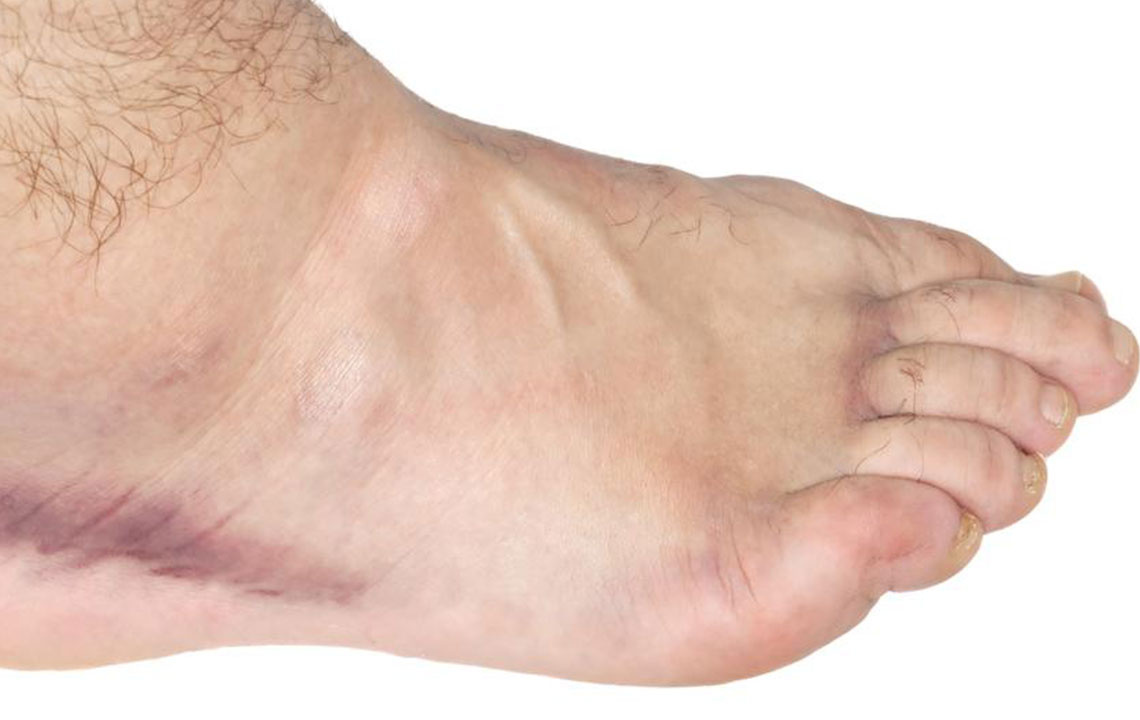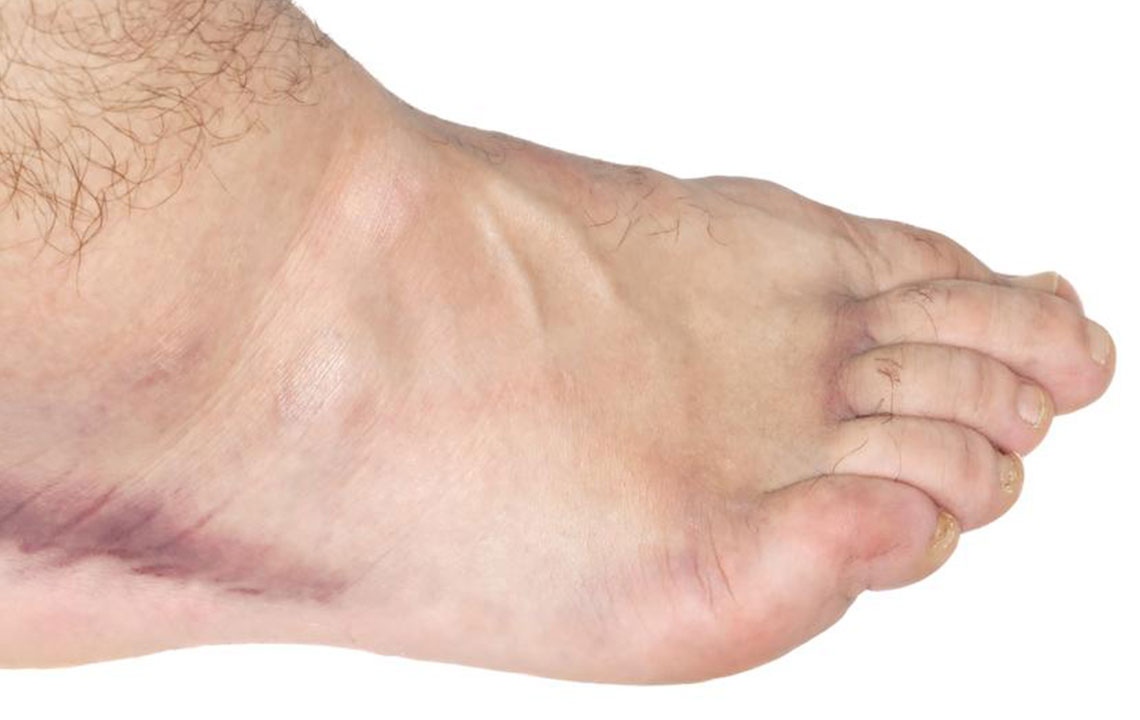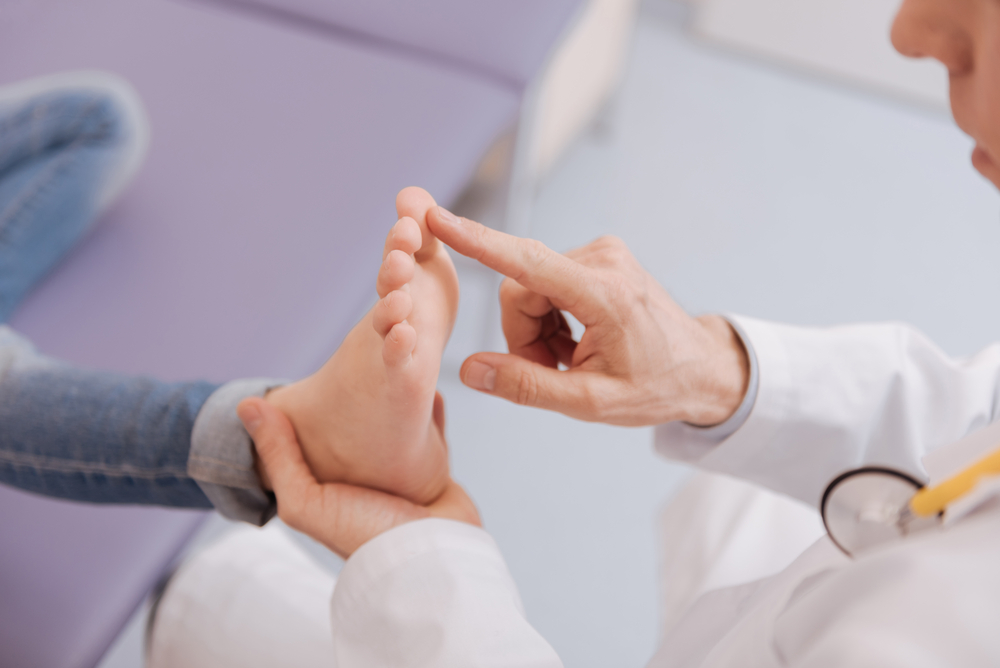Comprehensive Guide to Swelling in Feet and Ankles: Causes, Remedies, and When to Seek Help
This comprehensive guide explores the common causes of foot and ankle swelling, including pregnancy, injuries, medication effects, deep vein thrombosis, infections, and systemic organ issues. It offers effective remedies like elevation, compression stockings, gentle exercise, and natural therapies. Recognizing when to seek medical help is emphasized for serious conditions. Proper diagnosis and early treatment are key to managing swelling efficiently, improving comfort, and preventing complications. Learn about symptoms, causes, and proven strategies to keep your lower limbs healthy and pain-free.

Comprehensive Guide to Swelling in Feet and Ankles: Causes, Remedies, and When to Seek Help
Suffering from swelling in the feet and ankles is a common experience that many individuals encounter at various times. While occasional swelling, such as after a long day of standing or strenuous activity, rarely poses serious health concerns, persistent or severe swelling can indicate underlying health issues that require medical attention. Understanding the root causes of foot and ankle swelling is crucial for effective management and treatment. This extensive guide provides detailed insights into the possible causes of swollen feet and ankles, along with proven remedies and when to consult healthcare professionals.
Pregnancy-Related Swelling (Edema)
One of the most frequent reasons for swelling in the lower limbs, especially among pregnant women, is fluid retention. During pregnancy, hormonal changes and increased blood volume cause the body to hold onto more fluid, which often accumulates in the feet, ankles, and legs. This swelling is usually symmetrical and benign, subsiding after childbirth. However, if pregnant women notice additional symptoms such as severe abdominal pain, nausea, visual disturbances, or persistent headaches, it's vital to seek immediate medical care as these can be signs of preeclampsia, a potentially dangerous pregnancy complication.
Trauma and Injuries
Physical injuries such as sprains, fractures, or muscle strains can lead to localized swelling. This swelling results from inflammation and increased blood flow as the body's natural response to injury. Resting, elevating the affected limb, and applying ice packs can significantly reduce swelling and alleviate pain. If swelling persists or is accompanied by severe pain, bruising, or deformity, immediate medical evaluation is necessary.
Medication-Induced Edema
Some medications have side effects that include fluid retention, causing swelling in the feet, ankles, and legs. Common culprits include certain antidepressants, diabetic medications, blood pressure drugs, and corticosteroids. Patients experiencing unexplained swelling after starting a new medication should consult their healthcare provider promptly to discuss alternative treatments or dose adjustments.
Blood Clots - Deep Vein Thrombosis (DVT)
Blood clots in the leg veins can obstruct normal blood flow, leading to swelling, warmth, redness, and tenderness in the affected limb. DVT is a serious condition that can result in complications such as pulmonary embolism if the clot dislodges. Immediate medical assessment, including Doppler ultrasound, is imperative if DVT is suspected. Early diagnosis and treatment with anticoagulants can prevent life-threatening outcomes.
Infections and Skin Conditions
Fungal infections, bacterial infections, sores, cuts, or blisters on the skin can cause inflammation and swelling localized to a specific area. Early detection and proper treatment with antibiotics or antifungal agents can prevent the spread and worsening of infections, ensuring swift recovery.
Heart, Liver, and Kidney Disorders
Systemic health conditions affecting vital organs often lead to fluid imbalance and accumulation, manifesting as swelling primarily in the lower extremities. Congestive heart failure, liver cirrhosis, and renal disease disturb normal fluid regulation, resulting in bilateral or asymmetric swelling. Managing these underlying conditions through medication, lifestyle adjustments, or medical interventions can significantly reduce swelling and improve overall health.
Lymphedema
Lymphedema occurs due to lymphatic system blockages or removal of lymph nodes, leading to lymph fluid buildup and swelling. It most often affects one limb and can cause significant discomfort and skin changes. Proper diagnosis using lymphoscintigraphy and targeted treatments such as massage therapy, compression garments, and in some cases, surgery, are crucial for controlling this condition.
Luckily, there are a variety of remedies that can help alleviate swelling in the feet and ankles, restoring comfort and normal function:
Elevate Your Legs
One of the simplest and most effective strategies is elevating your legs above heart level whenever possible. Elevation facilitates venous blood flow back to the heart, reducing fluid accumulation and alleviating swelling.
Use Compression Stockings
Compression socks or stockings apply graduated pressure to the legs, encouraging blood and lymph flow, and prevent fluid buildup. These are widely available at pharmacies and specialty stores. Proper sizing and compression level are important, and consulting a healthcare professional is recommended for chronic or severe cases.
Engage in Regular Physical Activity
Gentle exercises like walking, swimming, or cycling promote circulation and prevent fluid stagnation. Swimming is especially beneficial because water buoyancy reduces pressure on the joints and minimizes weight-bearing stress, making movement easier and more effective for reducing swelling.
Maintain a Healthy Weight
If swelling is persistent and associated with excess weight, gradual weight loss through diet and exercise can significantly reduce pressure on the legs and improve overall circulation, alleviating swelling and associated discomfort.
Epsom Salt Foot Soaks
Soaking feet in warm water infused with Epsom salts can help relax muscles, reduce inflammation, and soothe soreness. This natural remedy is easy to perform at home and can be part of a calming routine to manage swelling.
Magnesium Supplements
Since magnesium plays a key role in fluid regulation, supplementing with magnesium (after consulting your healthcare provider) may help reduce water retention and ease discomfort associated with swelling.
While these remedies often provide relief, persistent or worsening swelling should prompt a consultation with a healthcare professional. Medical assessments, including imaging and blood tests, are essential to diagnose underlying health conditions accurately. Additionally, natural remedies such as herbal teas—like parsley or dandelion—or anti-inflammatory herbs may be used to support healing along with conventional treatments. Early intervention remains vital to prevent complications and ensure effective management of swelling in the feet and ankles.





